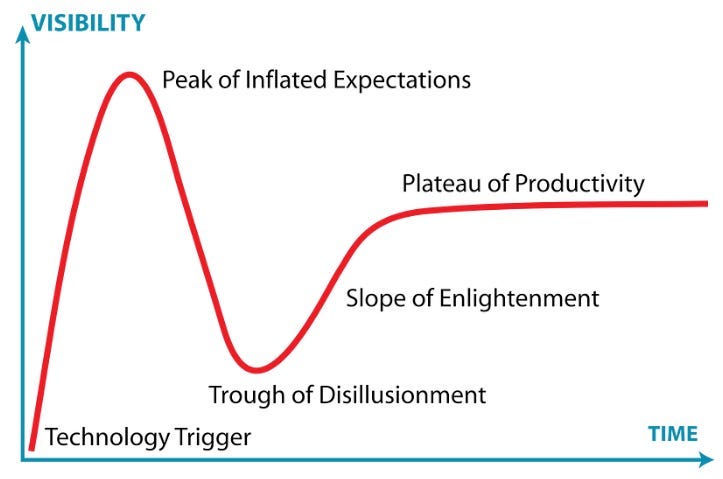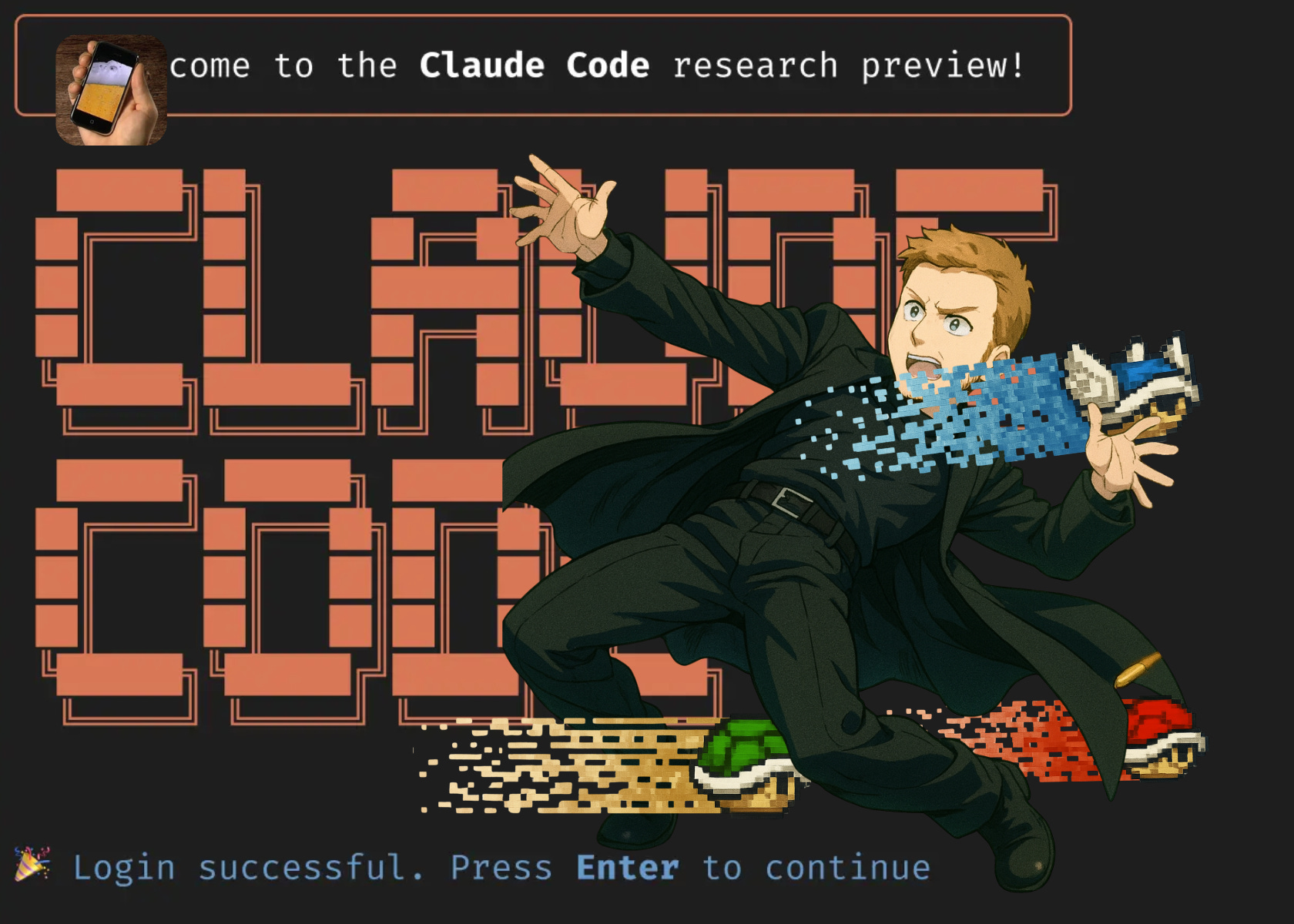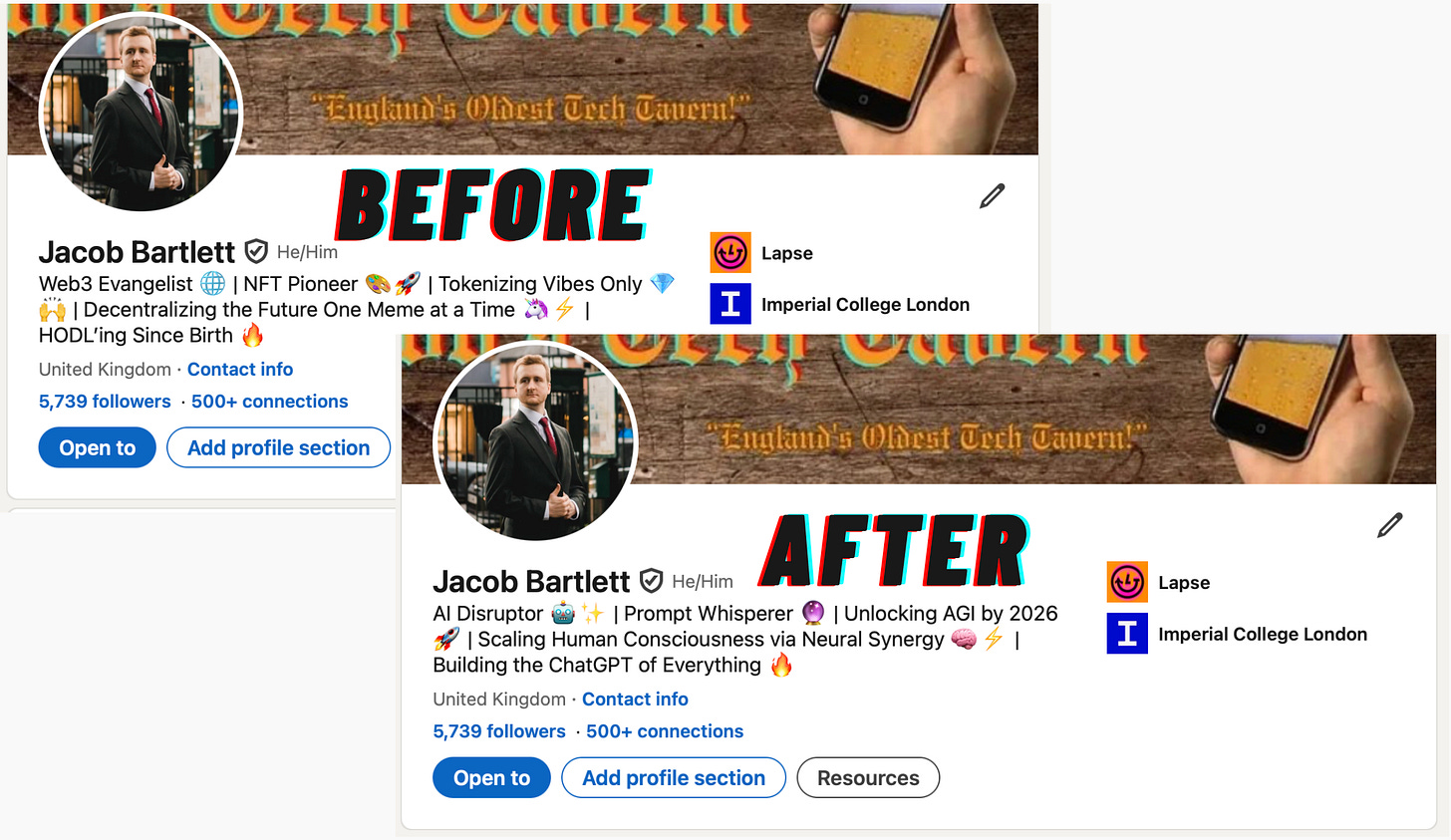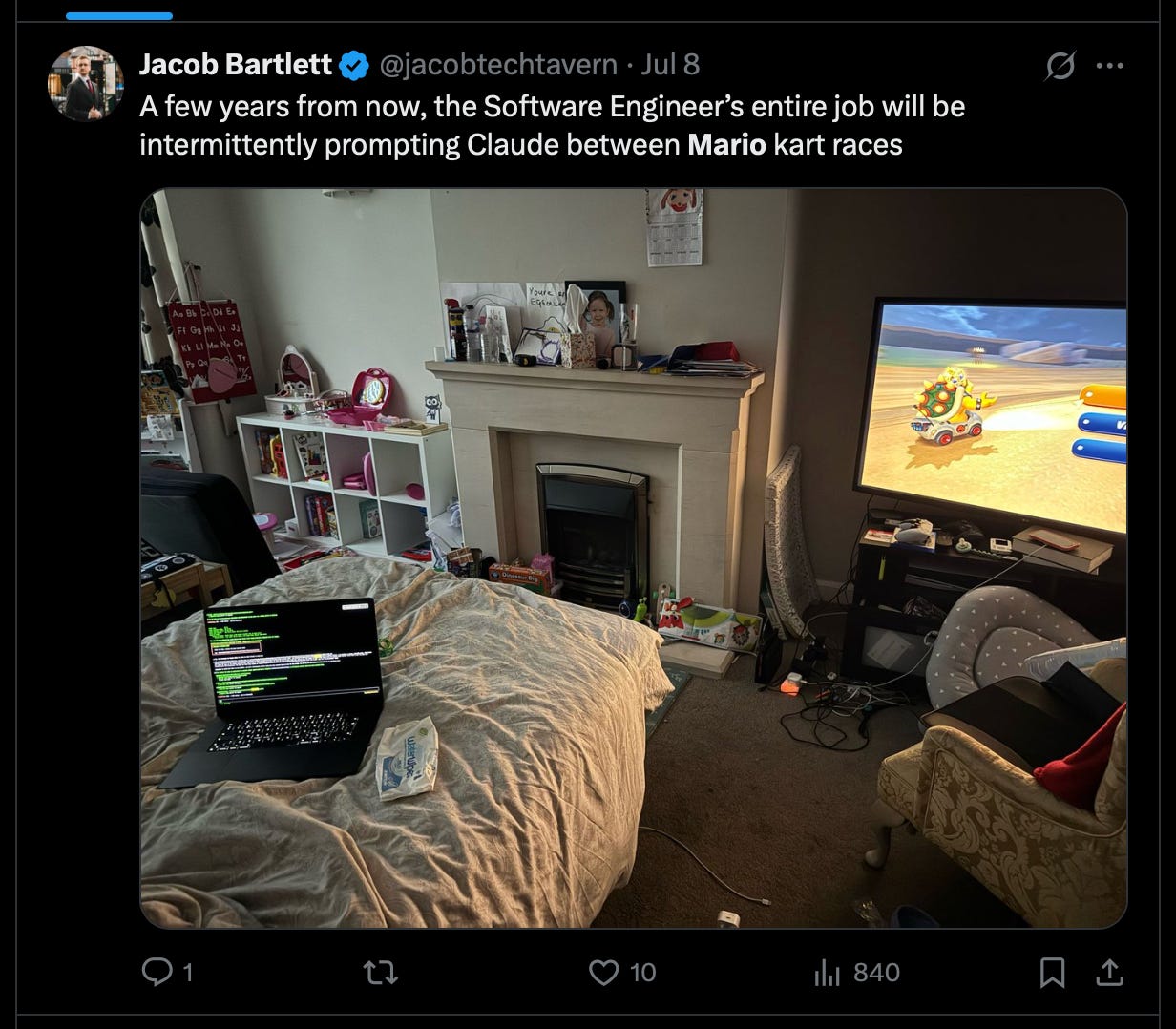Claude Code has made me 50-100% more productive
How to wield agentic coding agents
50-100% productivity gains echoes the fantasy sold to you by grifters selling $997 AI courses on Twitter. If that’s the case, I’m missing a trick charging $12/month. Because it’s legit.
Let me be clear: I’m giving a rough average for this headline.
On a good day, I’ll ship a week’s worth of product in under a day with Claude Code. On a bad day, I’ll accidentally let my brain switch off, waste the whole day looping pls fix, and start from scratch the next day, coding manually.
Today, we’re going to:
Learn what Claude Code is, and why it’s finally a true productivity booster.
Identify the kinds of task that might lead to a good day or a bad day.
Demo some techniques to maximise your productivity on a good day.
Look at some cutting-edge workflows that feel like magic, such as voice prototyping and VibeOps.
Contents
Last-minute author’s note
As a small heads up, I wrote this piece a couple of weeks ago, and just got back from a holiday. It sounds like there’s been a vibe-shift against Claude Code while I was away: word on the street is that it’s been lobotomised by Anthropic, with noticeably worse performance on complex tasks.
No matter: the techniques I’m about to share can be applied equally to any agentic coding tool, including OpenAI’s Codex, Google’s Gemeni CLI, and xAI’s grok-code-fast-1. Things move fast in the AI world!
Last-minute author’s note note
Sounds like, the morning after I posted this, word on the street is that Claude Code is good again. Things really do move fast!
Let’s begin with a brief modern history lesson.
What actually is Claude Code?
If you accidentally opened your LinkedIn or Twitter feeds back in 2022, you’ll remember the insane, overdone buzz around “agentic AI”, led by AutoGPT, BabyAGI, and their ilk. Tech bros promptly changed their LinkedIn headers from “crypto” to “AI” and promised to revolutionise business, engineering, and life.
Predictably, these tools delivered a little bit short of f*ck all.
You can see why there was hype: the technology brothers promised legions of autonomous AI agents that could perform complex multi-step tasks with minimal guidance. Sorry if I just gave you flashbacks to the most annoying people on the planet telling you about their “1-man startup with 100s of AI employees” 😬.
Claude Code actually delivers on (many of) these promises, a couple of years late, as long as you temper your expectations in the cold, hard, light of reality.
Why did it take some so long? What’s different now?
If you’re a casual follower of foundation model developments, the last proper quantum leap was in early 2023: the jump from GPT-3 to GPT-4. Raw intelligence has begun to plateau, but foundation models have quietly become more powerful in really important ways.
The grift-y early agents sucked because foundation models had tiny context windows, tons of hallucinations, interpreted your prompt’s intent inconsistently, and could get stuck in expensive loops that guzzled up your credits with repeated API calls. It fell over on complex tasks because the AI could only really work with one step or task at a time. Fundamentally, the models weren’t ready for agentic use cases.
But they are ready now.
Claude Code is not that complex on the surface: it’s a CLI with API access to the Anthropic LLMs. It can also do all the basic stuff a computer can do: read and write files, run bash commands, and search for information.
These simple building blocks, alongside modern LLM advancements such as memory and large context windows, come together to create a tool that genuinely changes the way I use a computer daily. The large context window enables it to maintain a coherent state during (and between) complex tasks.
It’s able to orchestrate various tasks and tools such as planning out a job, fetching data from APIs, searching your codebase with grep, gathering context on key files with cat, writing planned code changes to the file, and correcting itself in-flight.

Now let’s find out what it feels like to use Claude Code:
The Claude Code Hype Cycle
Everybody using a decent agentic AI for the first time will experience this.

1. Peak of Inflated Expectations
When I first started using Claude Code, I was blown away. My previous experience with desktop-hosted AI coding had been Cursor, which frankly sucked for my large iOS codebase.
Claude Code’s ability to search out files and move things about, without falling over, felt like magic at the time. In that first few hours I felt like I was shipping features and assembling comprehensive test suites in minutes. I could see the matrix.
2. Trough of Disillusionment
It came crashing down when I was trying to get a head-start on my next day of work, getting a tricky calendar-and-timezones-based feature out of the way so I could hit the ground running. It was also the day my Switch 2 came in the post.*
*Thanks for, like, just leaving it on the doorstep when I was at work, Amazon.
What could go wrong?
Subscribe to Jacob’s Tech Tavern for free to read ludicrously in-depth articles on iOS, Swift, tech, & indie projects in your inbox every week.
Paid subscribers get much more:
Read this full article + all my exclusive Elite Hacks 🌟
Get my free articles 3 weeks before anyone else 🚀
Access my full Swift Concurrency course 🧵






